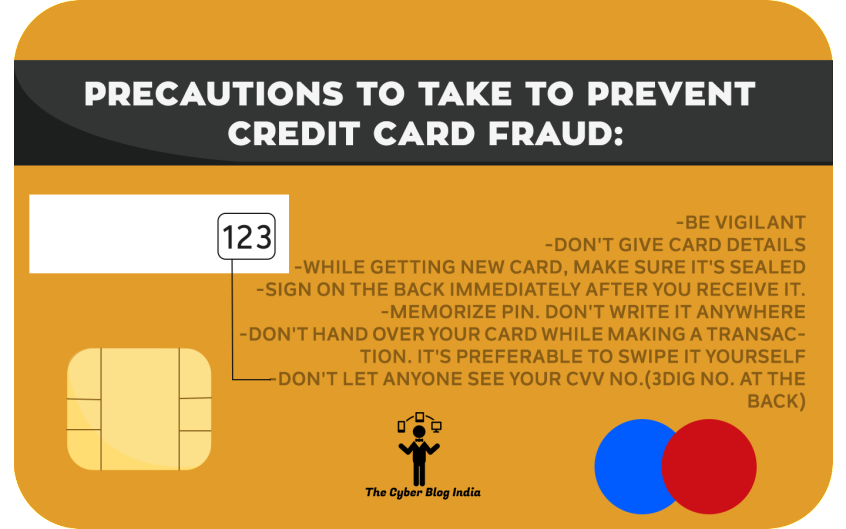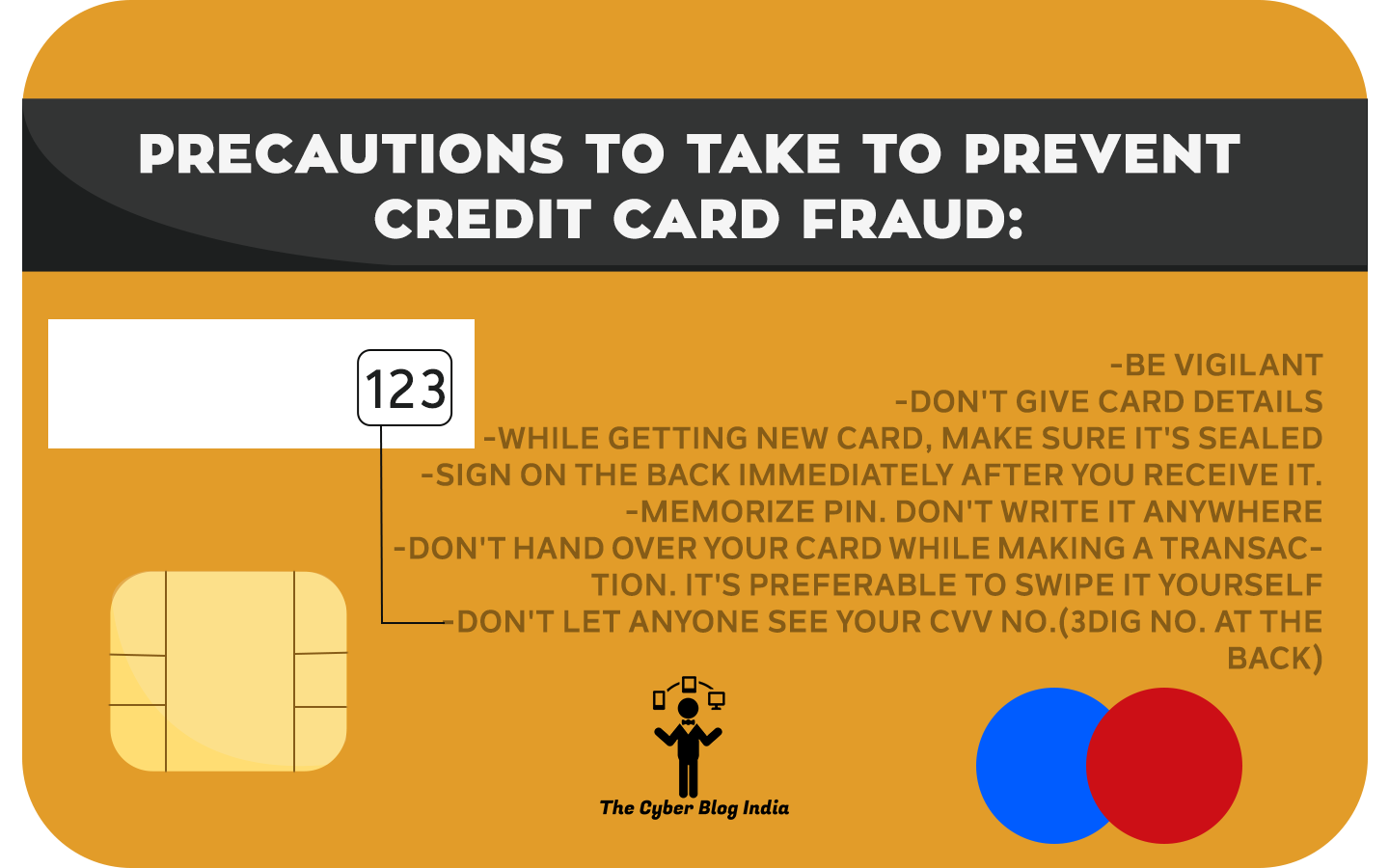All You Need To Know About Credit Card Fraud

Do you like to shop often with your credit cards? Or do you swipe your card at fuel stations? If the answer is “yes,” then you might be prone to credit card fraud.
Credit card frauds are the scams committed using others’ card in a fraudulent way. It is the case where one’s card is used without their knowledge or authorization to purchase goods or services. This can also be considered a kind of identity theft.
When we think of such frauds, the first thing that comes to our minds is stealing of the card, and then using it to purchase products. Well, such frauds account to less than 25% of the total number of frauds that take place today. Most of the frauds that happen today happen because of counterfeit card use. Criminals use the latest technology to skim out the data stored on the magnetic strip of your card, and then use it for online transactions. Another way it is done is by fetching out this information using fraudulent phishing e-mails.
Kinds of Credit Card Frauds
There are lots of ways in which this is done, and as the technology is advancing, even more new ways are being devised for carrying out such frauds.
- Stealing
This has been the most well-known way since ages. But now, stealing of cards has reduced as new and more effective ways are out there. Stolen cards can only be used until the card holders block their cards. Thus, this is not considered as effective as other ways in which the holder might not even know that their information has been compromised.
- Skimming
Skimming is a way of stealing the information physically from the card. This can involve simple methods like clicking a picture of card to get the details, to complex methods like using a “skimmer”. Though skimmers haven’t yet reached India, they are very dangerous, as they skim out the details on magnetic tape in fractions of seconds right in front of your eyes.
- Phishing
Phishing is the way in which fraudulent mails are sent to the card holders asking card details, either for any transaction, or any bank issues, or any other neatly forged reason. Such e-mails are sent in order to lure the card holder to share their information. Sometimes, this can be also done by making phone calls. This information is then used by the criminals to make online transactions (Card-Not-Present Transactions), where merchants rely on the information provided, and not the card itself.
These were the most common ways in which such frauds are done. There are some more ways, like carding where the criminal enters information where real-time processing is done, and if this information is accepted, the information is considered correct. Application fraud is another such method, in which a fake bank account is opened in the name of others. Account takeover is a way in which the criminal fetches information about the card holder, and then uses it to masquerade in front of the issuer.
All you need to know about #creditcard #frauds: https://t.co/aoe6b9GQt7#debitcard #ATM #phishing #skimming #RFID #identitytheft #India
— The Cyber Blog India (@incyberblog) February 21, 2016
Precautions You Should Take
There is always threat of credit card frauds. However, you can take some precautions to avoid those. Following are some of the ways you can prevent credit card frauds:
- Be vigilant. It is the most effective way to protect your credit cards.
- Don’t give the details of your credit card details to anyone.
- The 3-digit code at the back of the card( CVV or CSC) shouldn’t be shared with anyone.
- While making online purchases, make sure that the website is a trusted one.
- Don’t open links on e-mails from unknown source, they could be phishing mails.
- When you get a new card, make sure it is sealed.
- Sign on the back of your credit card immediately after you receive it.
- Regularly monitor your account.
- Don’t write your pin anywhere. Memorize it.
- Be physically present when your card is being swiped. Preferably, do it yourself.
You can read more on this from our friends at Cyber Cops here: Safe Online Shopping With Virtual Cards in India 2020

